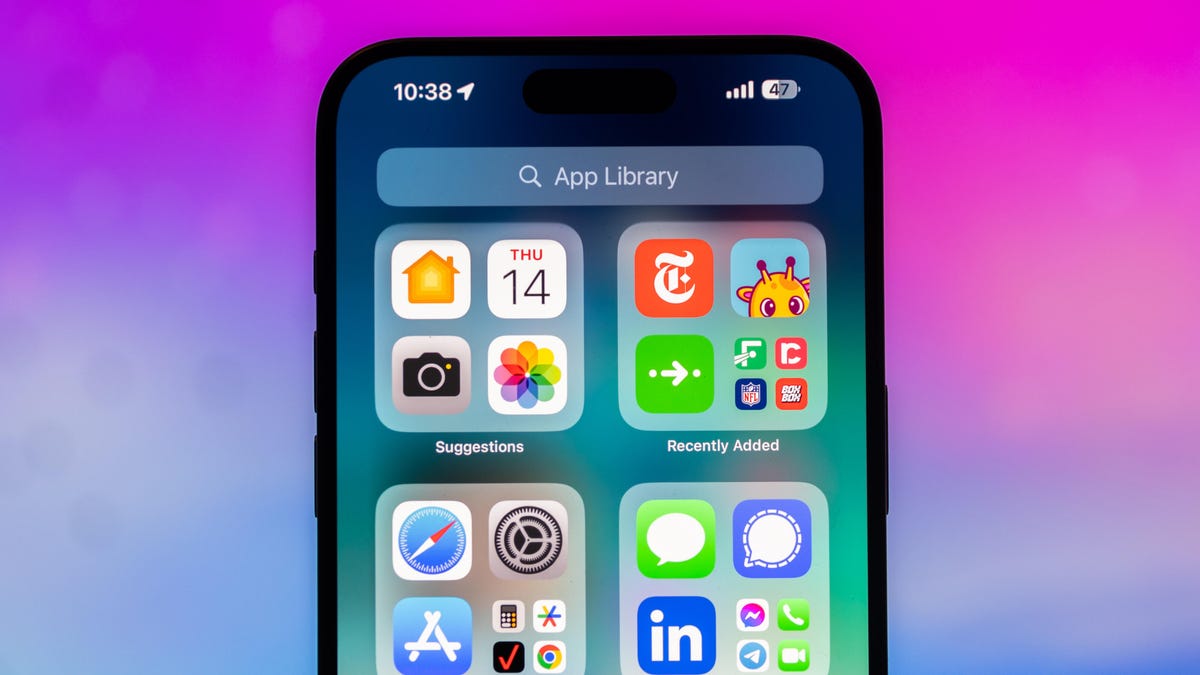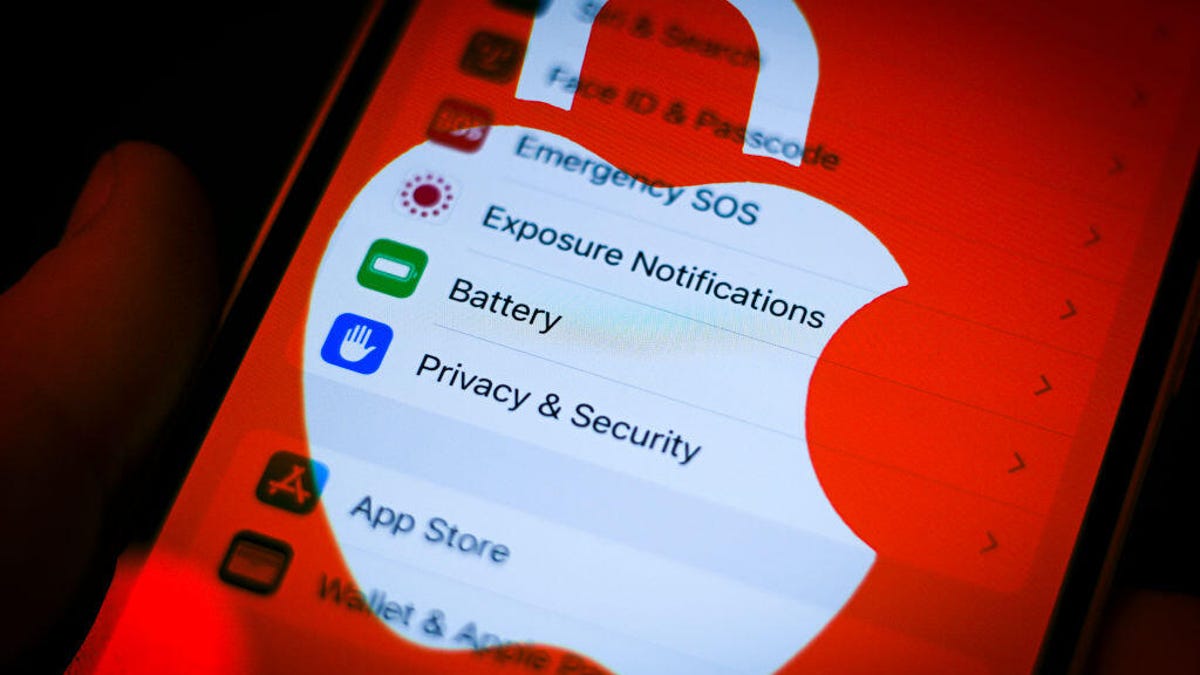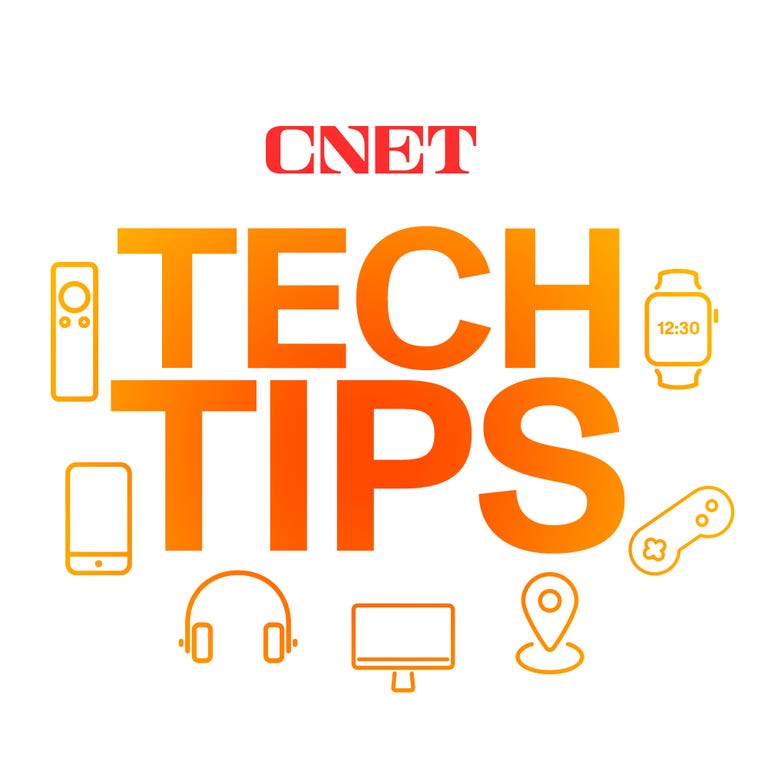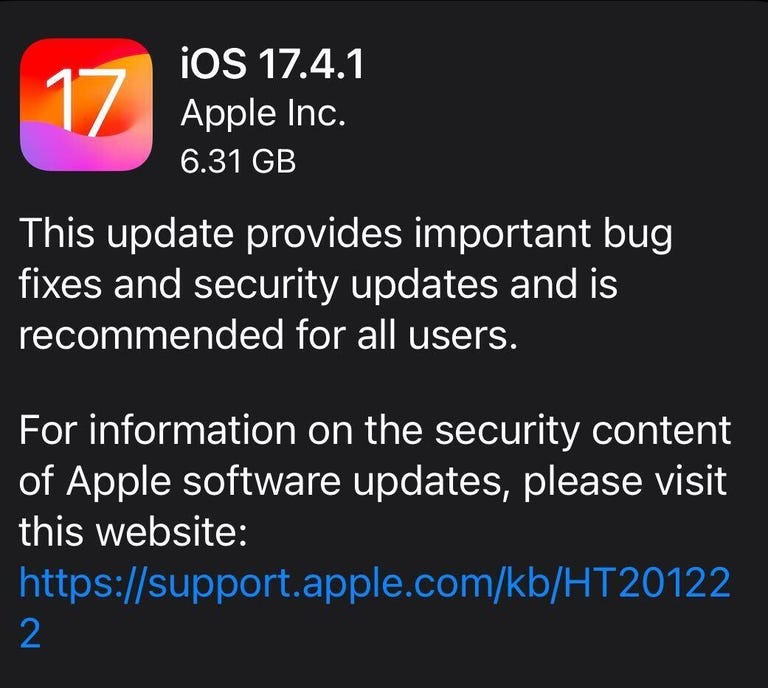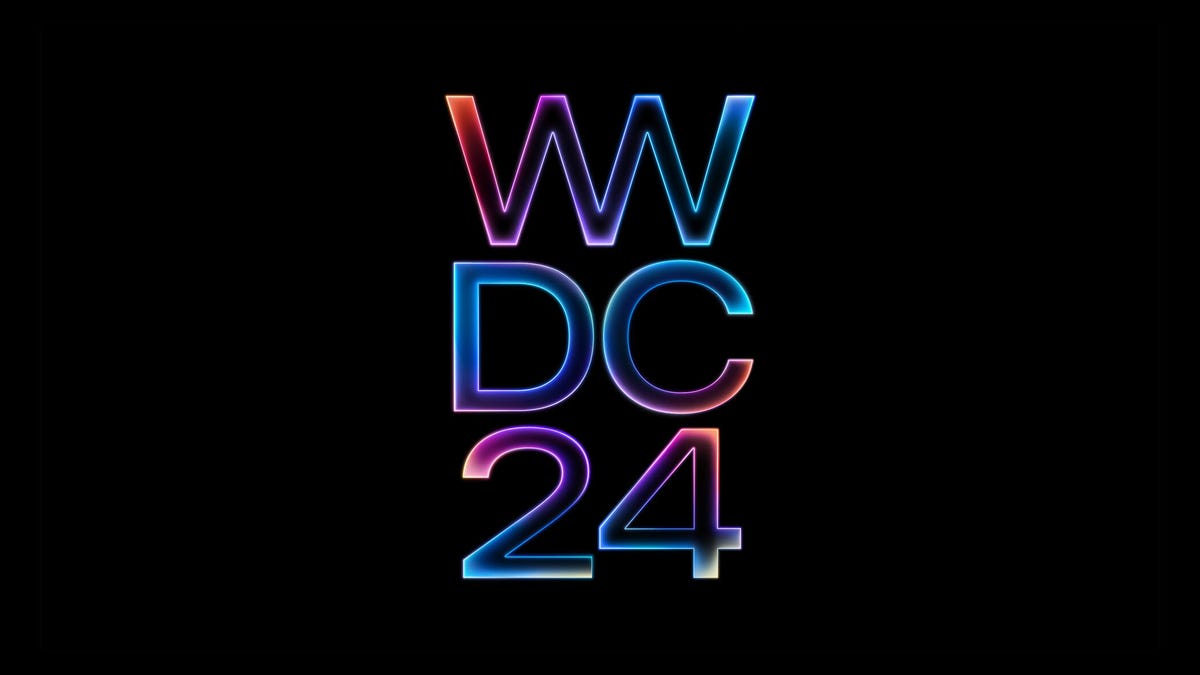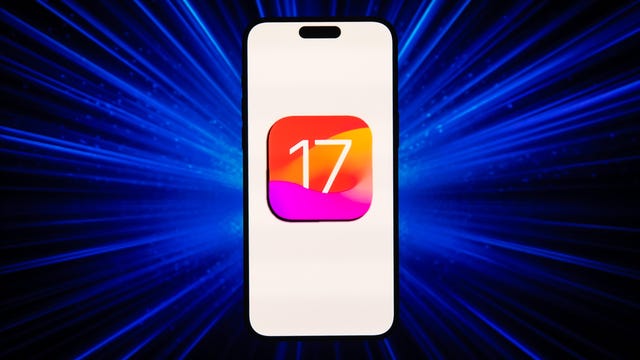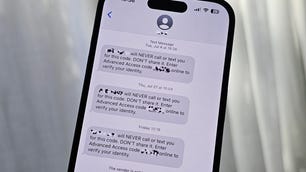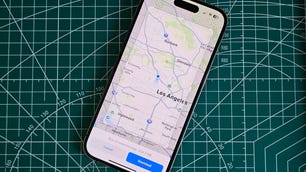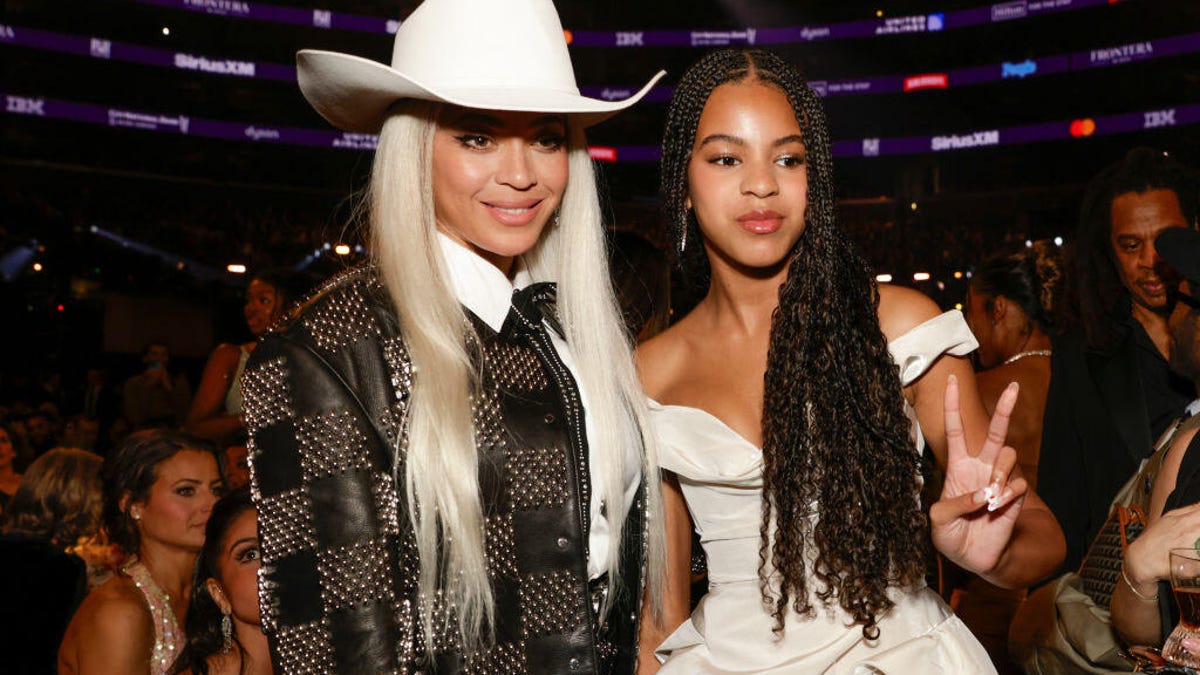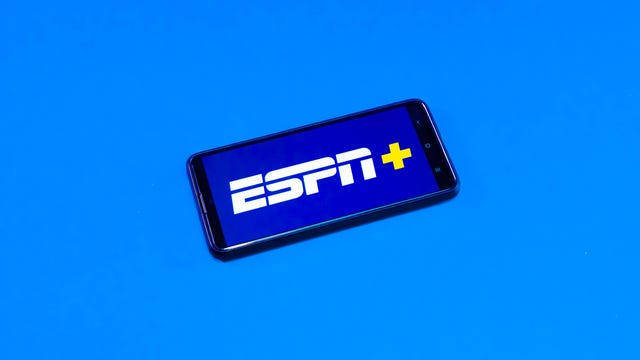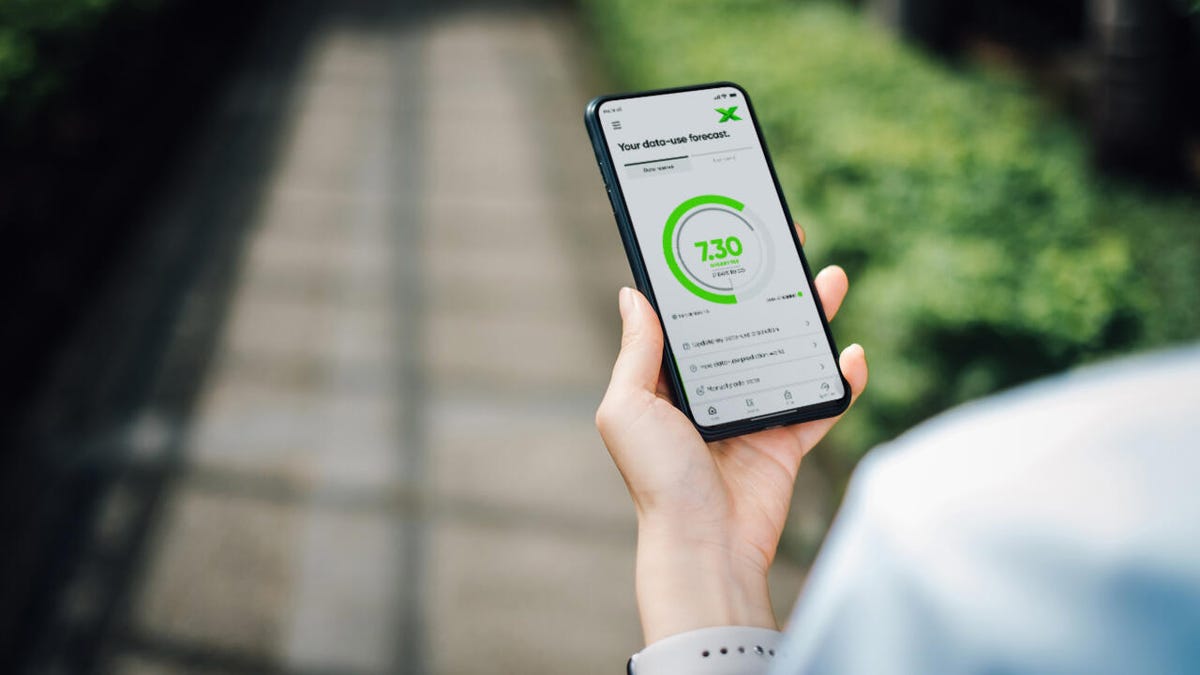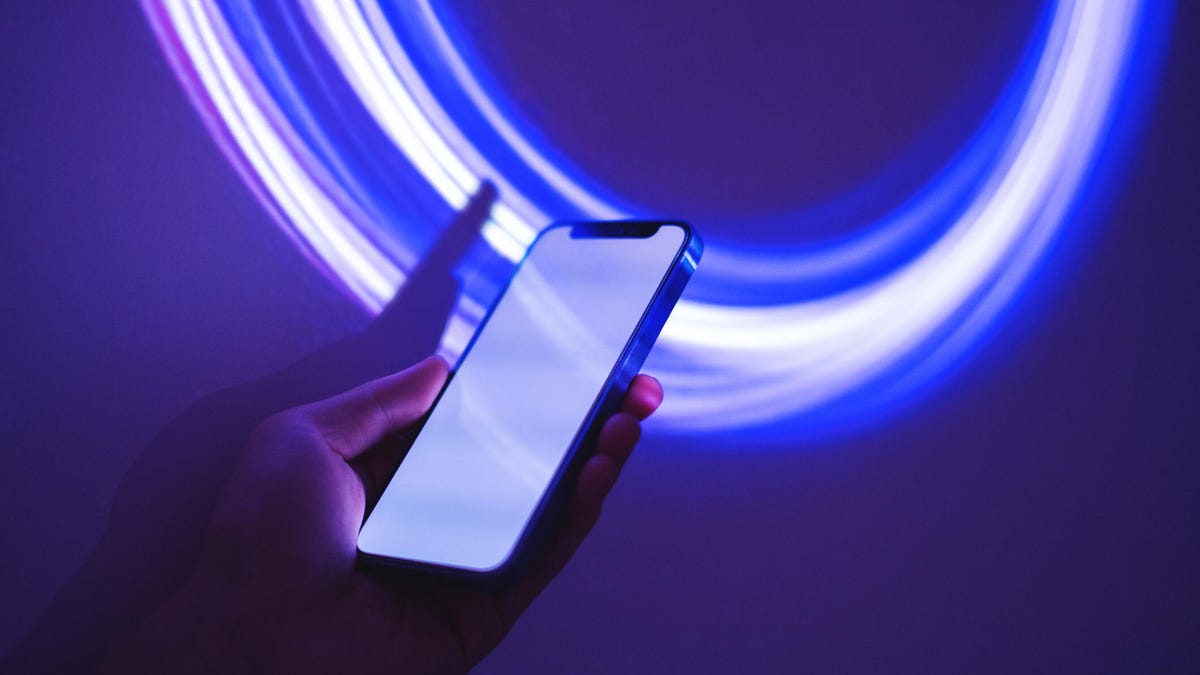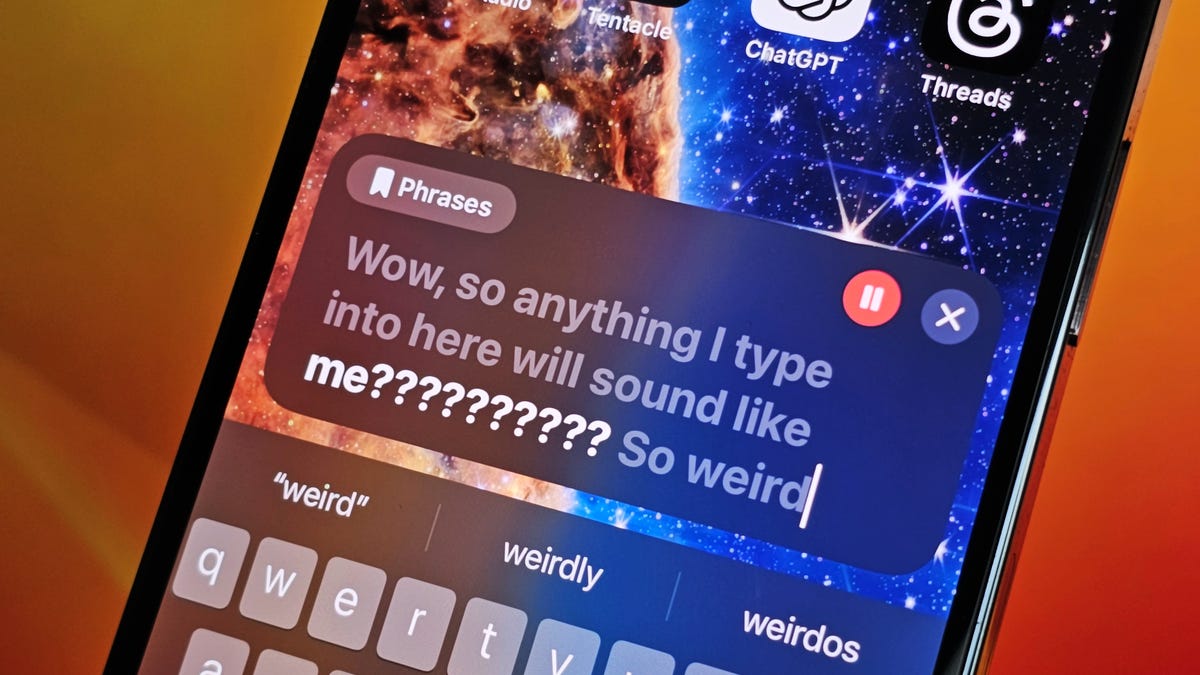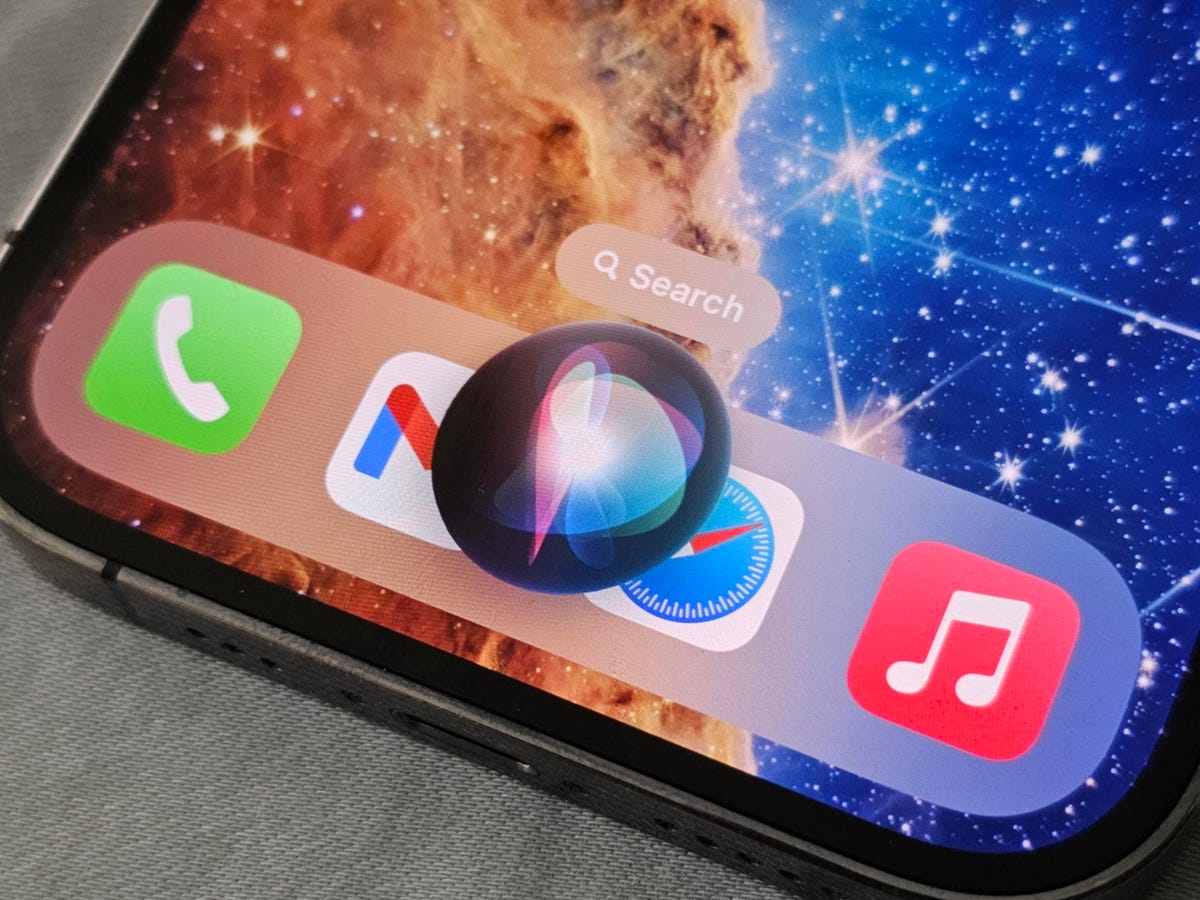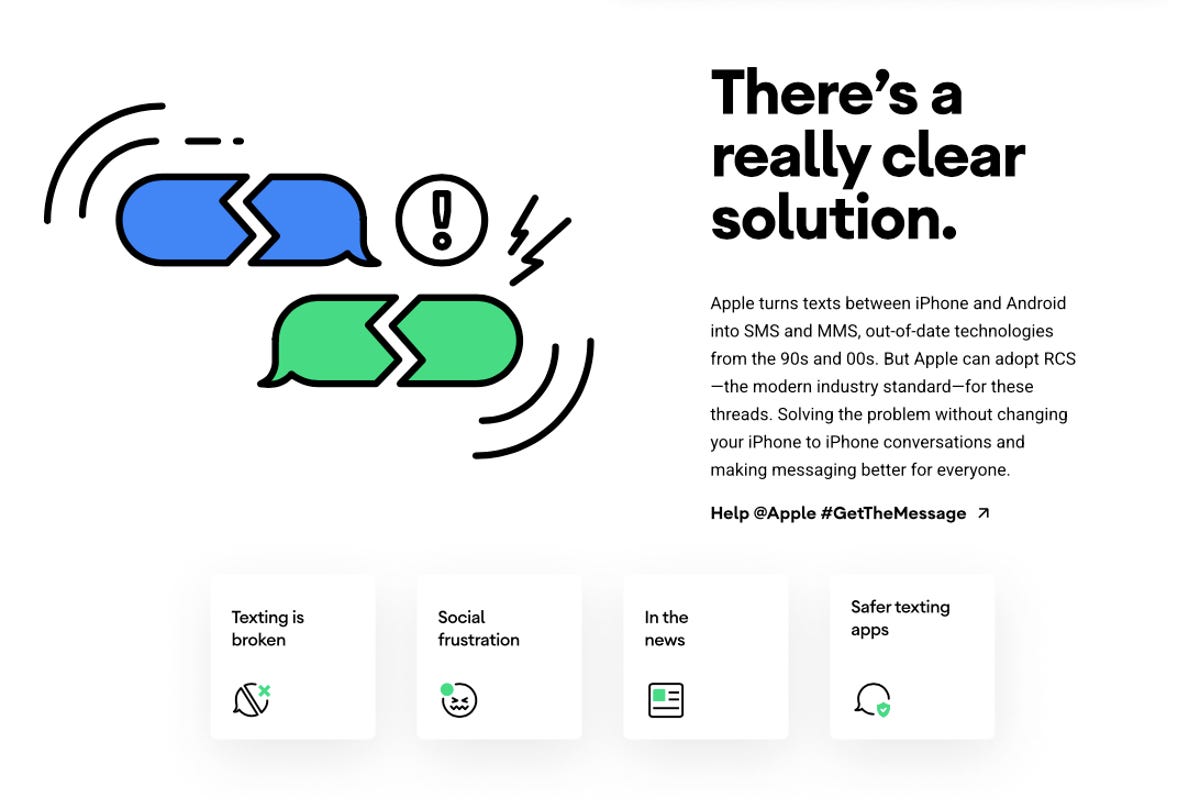As you’ve no doubt heard by now, Beyoncé has a brand-new album. Her eighth full-length release, Cowboy Carter, is the second part of a three-part project that began with 2022’s house music-inflected Renaissance.
In characteristic fashion, Bey announced the massive, 27-song effort in a major way: via a Verizon commercial that aired during the Super Bowl. She released two singles that same night, Texas Hold ‘Em and 16 Carriages, and they both hit the Top 10 on the country charts.
It’s an encouraging response to a project that was born out of a negative experience in which she performed with the artists formerly known as the Dixie Chicks (now just the Chicks) at the Country Music Awards in 2016 and felt unwelcome in the world of country music. Cowboy Carter is her strong musical plea for musicians to shatter genre boundaries when performing music, and for fans to do the same when listening.
Beyoncé insists that Cowboy Carter isn’t a country album, even though country icons Dolly Parton and Willie Nelson are among its many surprising guests. Here’s what you need to know about how to stream what may prove to be Queen Bey’s best album — along with info on the track list and how to spot Easter eggs.
Read more: I Scored Floor Seats for Beyoncė’s Renaissance Tour Thanks to My Sinking Fund. Here’s How
Where to stream Cowboy Carter
Beyoncé’s eighth album, Cowboy Carter, is available to stream in full on Amazon Music, Apple Music, Spotify and Tidal.
Track listing
Beyoncé’s Cowboy Carter features 27 tracks, with their titles including the occasional star symbol:
- Ameriican Requiem
- Blackbiird
- 16 Carriages
- Protector
- My Rose
- Smoke Hour ★ Willie Nelson
- Texas Hold ‘Em
- Bodyguard
- Dolly P
- Jolene
- Daughter
- Spaghettii
- Alliigator Tears
- Smoke Hour II
- Just for Fun
- II Most Wanted
- Levii’s Jeans
- Flamenco
- The Linda Martell Show
- Ya Ya
- Oh Louisiana
- Desert Eagle
- Riiverdance
- II Hands II Heaven
- Tyrant
- Sweet ★ Honey ★ Buckiin’
- Amen
Guest stars
Beyoncé worked with known legends and future stars on Cowboy Carter, including 90-year-old Willie Nelson and Bey’s 6-year-old daughter Rumi Carter. Here’s a closer look at the major players:
Tanner Adell, Tiera Kennedy, Reyna Roberts and Brittney Spencer: Beyoncé chose four Black female artists to collaborate with her on a cover of The Beatles’ 1968 song Blackbird, here stylized as Blackbiird. The song honors her young guests, who are all forging ahead and innovating in the still-divisive country music world.
Rumi Carter: Beyoncé’s 6-year-old daughter appears at the beginning of Protector.
Miley Cyrus: The hitmaking Disney actress turned pop star, whose godmother is Dolly Parton, joins Beyoncé for II Most Wanted, a country smoker’s track that somehow still evokes 2Pac and Snoop Dogg’s Amerikaz Most Wanted duet.
Rhiannon Giddens: Playing on Beyoncé’s No. 1 pop and country music hit Texas Hold ‘Em is just the latest huge move from the Grammy-, Pulitzer- and MacArthur “genius grant”-winning folk musician.
Willie Jones: Jones released the country and hip-hop hybrid album Something to Dance to in 2023. He’s Beyoncé’s guest on the actually somber song Just for Fun.
Post Malone: The track Levii’s Jeans finds Beyoncé getting a bit saucy in a surprising collaboration with Post Malone, the affable pop-rap star known more for modulating his voice digitally than singing without added effects.
Linda Martell: The first Black woman soloist to appear at the Grand Ole Opry, Martell also appeared on the old country comedy TV show Hee Haw. On the track Spaghettii, she questions the need for music genres, and she returns to introduce a track during an interlude called The Linda Martell Show, an encouragement for fans to dig into Martell’s career.
Willie Nelson: The country legend plays a radio DJ for fictional station KNTRY on Smoke Hour ★Willie Nelson and Smoke Hour II. Nelson can be heard inhaling and delivering the central lesson of the album: that genres don’t matter and sometimes you just need someone you trust to turn you on to the “good shit.”
Dolly Parton: Country’s enduring icon, whose most recent album is called Rockstar, pops in to commiserate over stolen men on Dolly P, an interlude which leads into Beyoncé’s cover of Parton’s 1973 hit Jolene. Parton returns uncredited at the beginning of a naughty song called Tyrant.
Shaboozey: The rising Nigerian-American singer and rapper appears on two Cowboy Carter songs, Spaghettii and Sweet ★ Honey ★ Buckiin. His new album, set for a May release, is called Where I’ve Been, Isn’t Where I’m Going.
Various producers: Beyoncé also worked with several producers who are successful artists in their own right and have worked with her multiple times, such as Raphael Saadiq, The-Dream, Pharrell Williams, Ryan Tedder and Swizz Beatz.
Read more: Beyoncé Owns a Lamborghini LM002, We Continue to Stan
Easter eggs
Beyoncé loves to hide Easter eggs in her albums, and Cowboy Carter delivers in that respect. Here are some to look out or listen for:
Lots of IIs: Because Cowboy Carter is “act II” of a three-act project that began with her previous album, 2022’s Renaissance, many song titles have “II” or “ii” in them, such as the duets II Most Wanted with Miley Cyrus and Levii’s Jeans with Post Malone.
Samples: Cowboy Carter is structured like a fantasy radio station with the call letters KNTRY, and if you listen closely, you’ll hear the use of samples in various songs. Interestingly, the late Chuck Berry appears twice on the album: first with a bit of his 1955 hit Maybellene on Smoke Hour ★Willie Nelson, an interlude featuring Nelson assuming his old role as a radio DJ, and later with a slowed-down bit of 1971’s Oh Louisiana in a new Beyoncé song of the same name.
Interpolations: Distinct from sampling, interpolation is the term for when an artist replays or re-sings part of another song instead of directly lifting the work. Cowboy Carter contains interpolations of songs like Good Vibrations by The Beach Boys and Nancy Sinatra’s These Boots Are Made for Walkin’ by Nancy Sinatra (on Ya Ya); Patsy Cline’s I Fall to Pieces (on Sweet ★ Honey ★ Buckiin); and even Tommaso Giordani’s 18th century Italian aria Caro Mio Ben, which Beyoncé sings on Daughter.
Read more: Beyoncé and Her Music Arrive on TikTok
Where to stream Beyoncé’s movies
If Cowboy Carter whets your appetite for more Beyoncé, you’re in luck. Some, but not all, of Beyoncé’s musical films are currently available to stream:
Homecoming: A Film by Beyoncé (2019): Watch highlights and behind the scenes material from Bey’s historic and large-scale performances at Coachella in 2018 on Netflix.
Black Is King (2020): Disney Plus convinced a lot of the Beyhive to subscribe in order to watch a “visual album” that accompanied her release The Lion King: The Gift, for the 2019 reboot of The Lion King.
Renaissance: A Film by Beyoncé (2023): The movie based on her most recent tour has left theaters in the US, leaving fans to wonder whether it will eventually air on Netflix.
Beyoncé’s acting roles: Beyoncé has also acted in music movies such as Carmen: A Hip Hopera (2001), Dreamgirls (2006) and Cadillac Records (2008), all of which are available to watch on various streaming services if you have a premium subscription.
Texas Hold ‘Em and 16 Carriages: You can watch the music videos for her first two songs released from Cowboy Carter on YouTube, as well as the lyric videos for her other songs on the new album.
